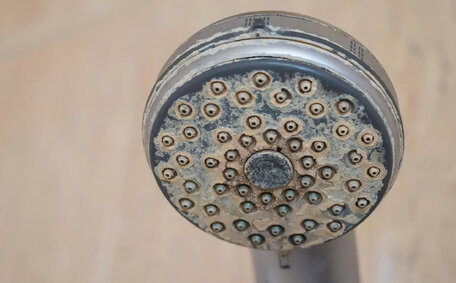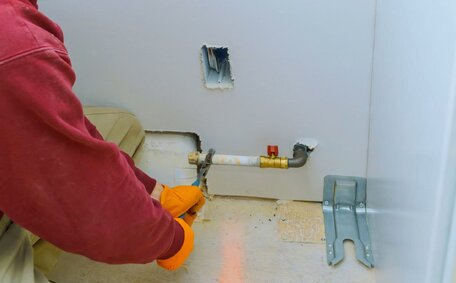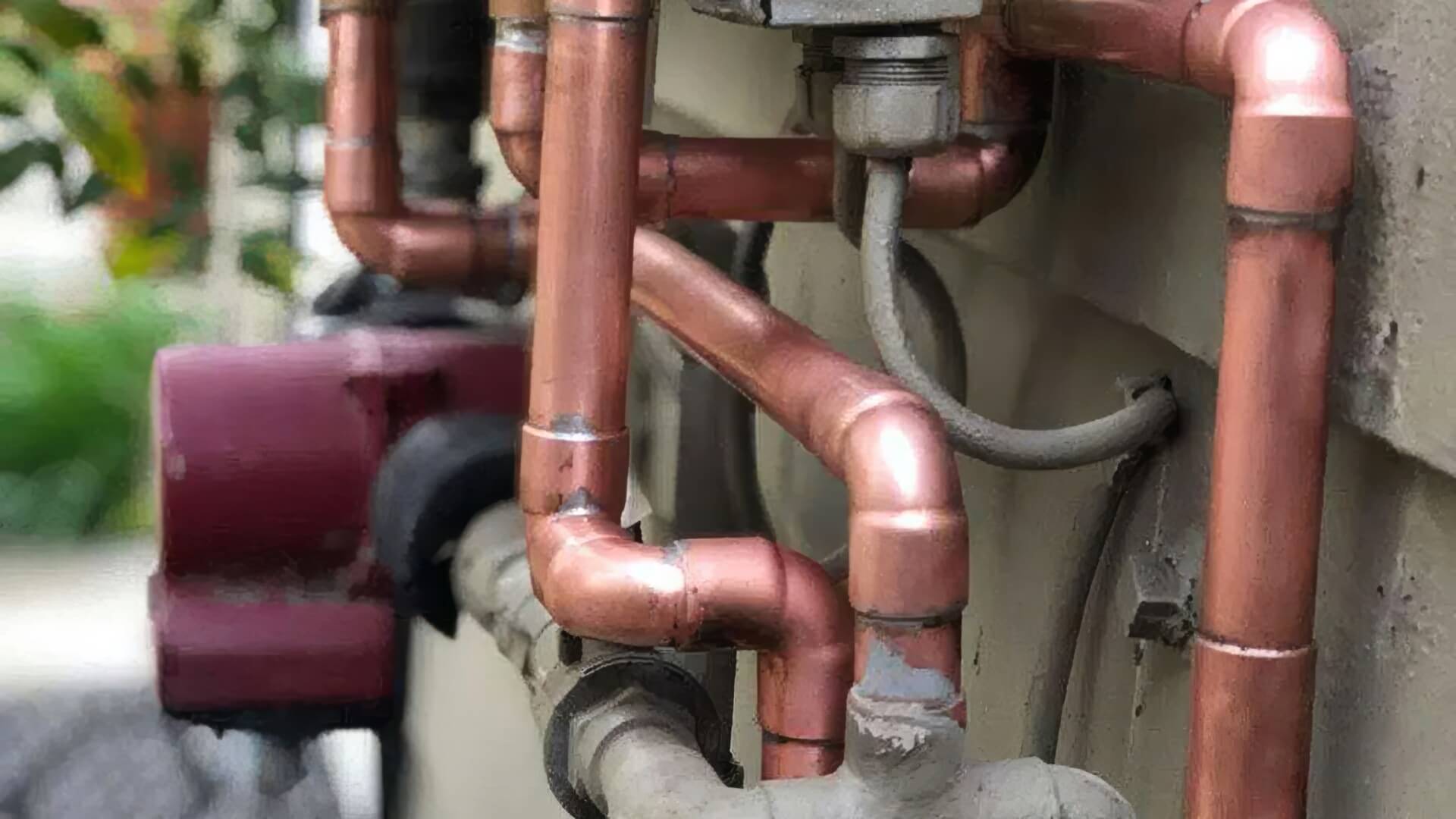Introduction to Gas Work and Its Safety Risks
The oil and gas sector presents significant hazards, where the absence of proper safety measures can result in severe injuries or even fatalities. Workers are exposed to dangers such as flammable and poisonous gases, insufficient oxygen, and explosive materials, necessitating the use of strong safety gear. Moreover, operating heavy machinery and performing tasks at elevated positions heighten the risk of injury.
Some of the most common gas work hazards include a wide variety of risks such as:
- Asphyxiation from oxygen deficiency or toxic gas exposure
- Fires and explosions from igniting flammable liquids and gases
- Chemical burns from coming into contact with hazardous chemicals like corrosive gases
- Falls from heights while working on pipes, tanks, etc.
- Injuries from heavy equipment such as gas pipes, valves, and pressure vessels
To reduce risks and comply with PPE guidelines, gas workers need an array of control measures like respirators, protective clothing, safety harnesses, and helmets. Proper PPE should be worn to protect your health and safety when handling hazardous materials or working in dangerous conditions. In this article, we’ll explore essential PPE for common gas work situations.
Essential Protective Gear for Safe Gas Work
Wear protective gear is crucial when dealing with hazardous gases. Workers should be equipped with specific PPE tailored to their job responsibilities and the hazards present at their worksite. The fundamental protective gear for gas workers includes:
- Respiratory Protection: Gas masks and SCBAs are essential to shield the lungs from harmful gases and inadequate oxygen levels.
- Protective Clothing: Flame-resistant clothing, such as coveralls, aprons, and gloves, is critical in safeguarding against burn injuries.
- Head Protection: Helmets provide essential protection against airborne objects and falling debris, thus preventing head injuries.
- Eye Protection: Eye protection such as goggles and face shields are key to safeguarding the eyes and face.
- Hearing Protection: Earplugs and earmuffs to protect against loud equipment noise.
- Safety Boots: Steel/composite toe boots with slip-resistant soles to prevent foot injuries.
- Fall Protection: Harnesses, lanyards, and other gear for fall arrest are crucial for safety when working heights.
Additional situation-specific PPE like chemical suits and insulating gloves should also be worn, as well as arc flash protection, which may also be mandatory. Conducting thorough risk assessment ensures selection of the right type of PPE suitable for the working environment.
Hard Hats
Hard hats are a crucial aspect of industrial safety for gas industry workers. They serve as industrial safety products that guard the head from impacts caused by falling objects, bumping into equipment, and other hazards. All hard hats used in gas work must comply with the Australian Standards AS/NZS 1801 for sufficient industrial head protection.
There are different types of hard hats suitable for high risk levels:
- Type 1 (Class C) - Provides impact protection from falling objects and general knocks.
- Type 2 (Class E) - Insulating hard hats that also protect against electric shock from live electrical equipment. Important for welders.
- Type 3 (Class G) - Protect against chemicals. Made of specialty materials that don’t degrade from chemical splashes.
Additional accessories like chin straps, winter liners, and high visibility strips can improve hard hat functionality. Importantly, applying adhesives to a hard hat’s shell can undermine its safety rating.
Australian legislation dictates that employers must furnish properly fitting, branded hard hats for all employees. It’s the responsibility of workers to wear their helmets correctly and perform routine inspections, storage, cleaning, and replacement of worn equipment to maintain safety.
Safety Glasses and Goggles
Protecting the eyes is critical for workers with oil gas PPE, who face hazards like chemical splashes, sparks, and flying debris. Safety glasses and goggles can protect against eye injuries in these situations. Eye protection used in gas operations must meet the AS/NZS 1337 standards.
There are different types suitable for various risks:
- Safety glasses - Have impact-resistant lenses to shield against flying particles. Some feature side shields for added coverage.
- Goggles - Goggles create a full seal around the eyes, offering protection against chemical splashes, dust, and molten metal, and provide greater coverage than safety glasses.
- Welding goggles/helmets - Very dark lenses filter welding arc glare. Auto-darkening lenses adapt shade levels when arc welding starts and stops.
Gas workers must regularly inspect their eye protection and change lenses if they are scratched or damaged. Cleaning should only use recommended cleaners to avoid lens coating damage. Proper storage in protective cases prevents scratches when not worn.
Face Shields
Face shields add an additional protective barrier for the head, face, and eyes, particularly safeguarding the respiratory system. Face shields protect against hazardous liquid splashes, sparks, molten metal sprays, and debris. Face shields can be used individually for splash risks or combined with safety goggles for enhanced protection.
There are several types of face shields suitable for the gas industry:
- Basic plastic face shields - Lightweight plastic shields that protect the entire face. Often have an adjustable headgear.
- Heavy-duty mesh face shields - Heavy-duty metal mesh face shields offer greater resistance to sparks and heat, especially during power tool usage, compared to basic plastic versions.
- Chemical splash face shields - Full-face coverage with specialty coatings that resist corrosion from chemical splatter. Important when handling corrosive substances.
To work effectively, face shields must be the proper size and offer clear, undistorted vision. They should be inspected before each use and replaced if damaged. Proper storage between uses prevents scratches.
Flame Retardant Clothing
FR clothing is vital personal protective gear for gas workers, offering protection from flash fires and electric arc hazards. FRC is made from materials that self-extinguish to prevent burn injuries. Standards like EN ISO 11612 govern minimum performance requirements of FRC used in gas work.
Common types of flame retardant coveralls and garments include:
- Nomex IIIA - Offers protection against intense 500°C flash fires for 5-6 seconds thanks to aramid fibre construction.
- FR Modacrylic fabrics - Provide protection against molten metal splash and radiant heat while working on furnaces.
- FR treated cotton - Economical option for general low-risk gas work with potential ignition sources.
All FRC must undergo regular laundering to maintain flame retardant properties. Work policies should mandate wearing suitable FRC when potential flammable gas release or electric arc risks are present.
Gloves
Gloves can provide essential hand protection for gas workers who need to safeguard against cuts, punctures, burns, and chemical exposure. Gloves approved for gas work should comply with standards like EN 388, EN ISO 374-1 and AS/NZS 2161.
Different glove types suit various gas work hazards:
- Leather and canvas gloves - Guard against cuts, abrasions and minor burns while handling pipes or equipment.
- Insulated gloves - Provide protection from extreme heat and cold when working on hot/cold pipes and machinery.
- Chemical resistant gloves - Made from neoprene, nitrile or other materials that resist permeation and degradation by chemicals.
Proper glove fit and coverage is crucial for effectiveness. Workers should inspect gloves and safety footwear before use and immediately replace any items that show signs of wear, damage or degradation.
Respirators and Breathing Apparatus
Respirators and breathing apparatus provide respiratory protection for gas workers facing unsafe air quality from oxygen deficiency or air contamination. Proper respiratory PPE ensures safe, breathable air when atmospheric conditions make the environment uninhabitable.
Different types of respiratory protection include:
- Disposable masks - Filter out particulate hazards like silica dust or asbestos fibres.
- Half or full face air purifying respirators - Use removable cartridges to filter different airborne contaminants.
- Powered air purifying respirators (PAPRs) - Battery-powered to provide increased airflow and cooling compared to passive devices.
- Self-contained breathing apparatus (SCBA) - Supply clean air from a compressed cylinder, essential in IDLH atmospheres like hydrogen sulphide leaks.
Thorough training, correct fit testing, regular inspection, cleaning, and proper storage ensure respirators function at their best. Facial hair or an improper seal around the face can lead to contaminated air entering the mask, placing workers in grave danger in hazardous situations.
Boots
Safety boots are key to protecting workers’ feet from injury. All safety boots worn should comply with Australian Standard AS/NZS 2210 for occupational protective footwear.
Different types of safety boots feature protections against various hazards:
- Steel toe boots - Guard against heavy objects crushing the feet and toe impact injuries.
- Electrical hazard or ESD boots - Insulating soles prevent electric shock from contact with live electrical circuits.
- Chemical resistant boots - Made of specialtymaterials that resist degradation from corrosive chemicals.
- Heat/flame resistant boots - Leather exterior withstands high heat. Important around furnace work.
- Slip resistant boots - Sole traction prevents slips on slick floors. Crucial when handling spill hazards.
Boots that fit well and are securely laced ensure consistent protection on the feet. Daily inspections check for damage needing immediate replacement.
Gas Detectors and Monitors
Gas detectors are crucial safety tools for detecting hazardous gases such as hydrogen sulphide and carbon monoxide in the workplace. Reliable gas detection equipment alerts workers to gas leaks or oxygen-deficient areas before they pose serious threats.
There are several types of gas detectors suitable for the oil and gas industry:
- Worn/Portable detectors - Handheld or wearable monitors for personal protection during work. Feature audible, visual and vibrating alarms.
- Fixed monitors - Stationary detectors permanently installed at facilities to provide wide area coverage. ideal for monitoring confined spaces.
- Multi-gas detectors - Identify various target gas hazards with interchangeable sensors tailored to workplace contaminants.
All monitors used must comply with Australian Standard AS/NZS 60079.29 for explosive gas detection. Proper device selection, placement, calibration and bump testing ensures optimal safety.
Standards and Certifications for Trusted Gear
In Australia, all PPE must adhere to strict national standards to guarantee worker safety during gas work. These help validate that PPE meets specific performance requirements and quality benchmarks.
Key standards that help prevent safety issues include:
- AS/NZS 1801 - Industrial helmets
- AS/NZS 1337 - Eye and face protection
- AS/NZS 2161 - Occupational protective gloves
- AS/NZS 2210 - Occupational protective footwear
- AS/NZS 60079.29 - Explosive gas detection equipment
It’s paramount for workers to use only PPE certified by authorities such as Standards Australia, affirming adherence to pertinent standards. This validates effectiveness in protecting against hazards inherent to gas work environments across Australia.
Caring for and Maintaining Your Protective Equipment
To keep personal protective equipment PPE performing optimally, gas workers must properly care for and maintain their gear.
Routine inspection and testing of equipment are essential for maintaining a safe work environment. Oil gas industry workers should include safety checks of PPE before each use, examining for damage, wear and expiry dates. Things like ripped clothing, cracked helmet shells or depleted respirator filters necessitate immediate replacement.
Correct PPE storage between uses helps maintain its durability and effective lifespan.. Storing PPE in clean, dry areas protects against contamination or degradation from chemicals, sunlight, moisture and extremes of hot or cold.
To maintain the protective properties of PPE, cleaning should follow the manufacturer’s instructions. Harsh chemical cleaners can break down materials prematurely.
Replacing worn or expired PPE according to suggested replacement schedules ensures continuous protection as equipment ages. Old respirator cartridges, degraded protective clothing and chipped safety eyewear provide compromised defence.
With attentive care, inspection, cleaning and planned replacement, protective gear maintains integrity and safe functionality even under years of heavy use in gas extraction.
Training Staff on Proper PPE Use
PPE training for all gas workers on selecting, wearing, and maintaining personal protective equipment is crucial for workplace safety. Comprehensive safety training ensures staff know how to properly put on, adjust fit, inspect and care for their PPE.
Training should cover:
- Correctly donning and doffing PPE: Employees must understand how to place gear on themselves correctly so it provides its designed protections.
- Fit and sizing: A loose-fitting face mask, for example, leaks contaminated air. Proper fit maximises PPE defences.
- Inspection procedures: Workers should conduct pre-use checks for any damage compromising PPE integrity before reliance in hazardous zones.
- Usage limitations: Training eliminates over-reliance, clarifying no equipment grants invincibility. Workers recognise when added controls or evacuation are necessary despite PPE precautions.
Follow-up refresher sessions reinforce learnings over time. Adequate training in PPE handling increases daily compliance and enhances overall workforce safety against hazards in the gas industry.
Ensuring a Culture of Safety Compliance
Creating a culture focused on maintaining a safe working environment for gas work requires commitment from any person conducting leadership roles and active participation from your team across all levels in the workplace. Regular safety meetings allow discussion of hazards and reinforce safe behaviours. Robust training ensures proper protective equipment usage in the oil gas industries, while instilling vigilance habits that persist beyond worksites.
To encourage compliance, employers should facilitate workers having their own set of personally allocated PPE:
- Provide adequate PPE: Furnishing approved, well-fitted gear removes barriers to compliance.
- Lead by example: Managers adhering to safety protocols themselves sets the tone for accountability.
- Welcome worker input: Suggestion initiatives and anonymity policies promote sharing safety improvement ideas without reprisal fears.
- Use safety metrics: Measure leading indicators like near misses rather than relying solely on lagging indicators such as past injuries to guide prevention efforts.
Regular risk assessments ensure controls evolve alongside new work scope hazards. Ultimately, cultivation of a transparent, non-punitive safety culture engenders greater adherence to PPE policies and safer gas industry workplaces.






